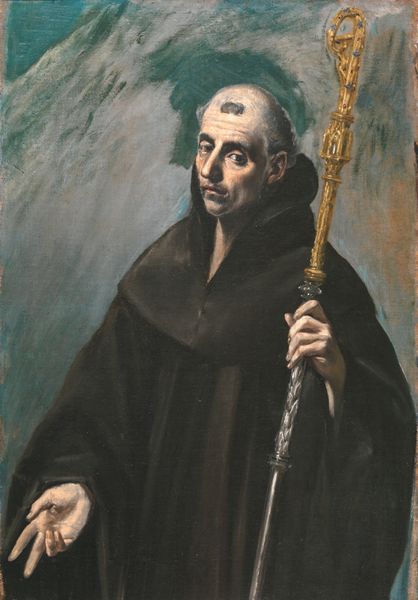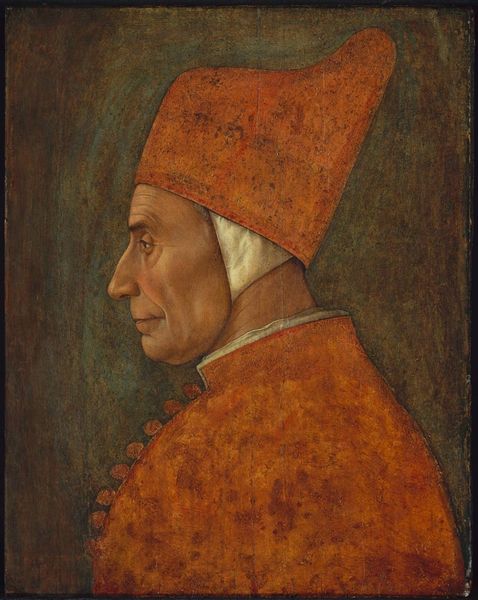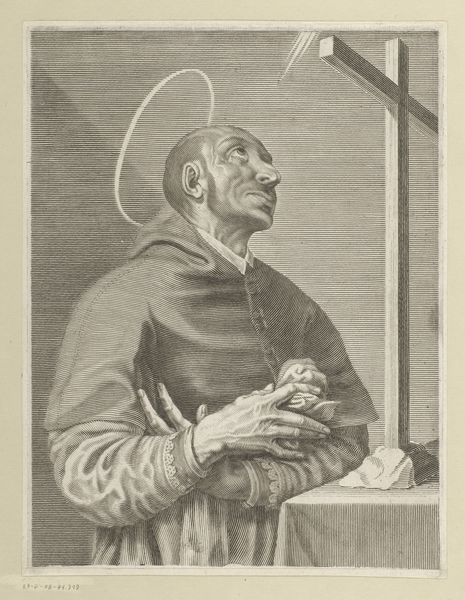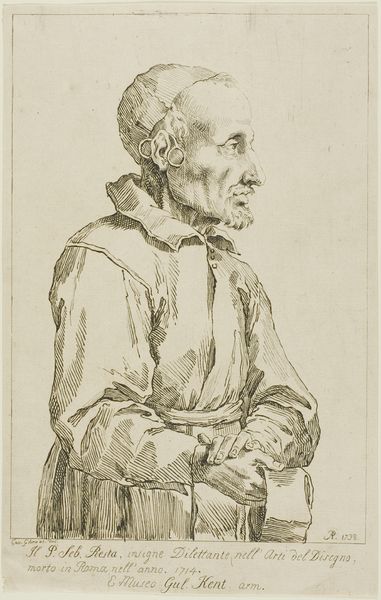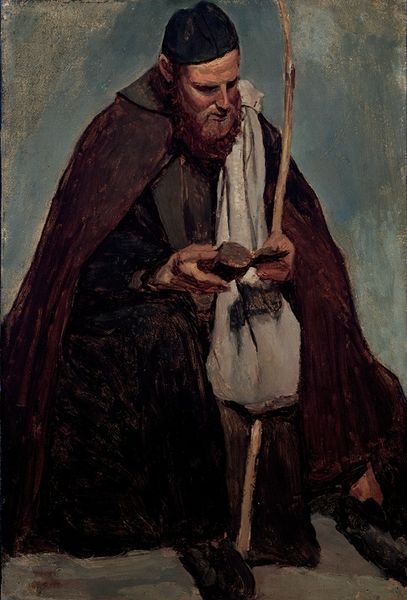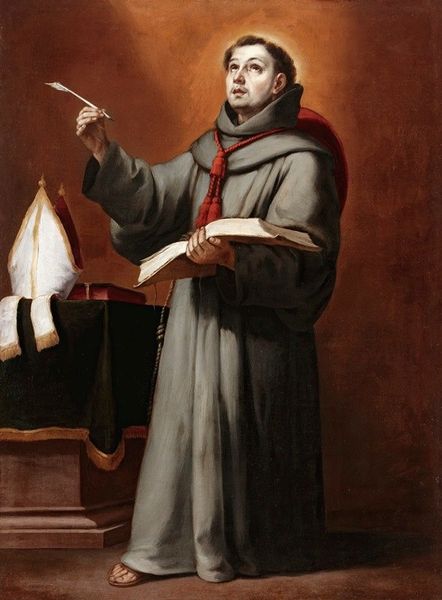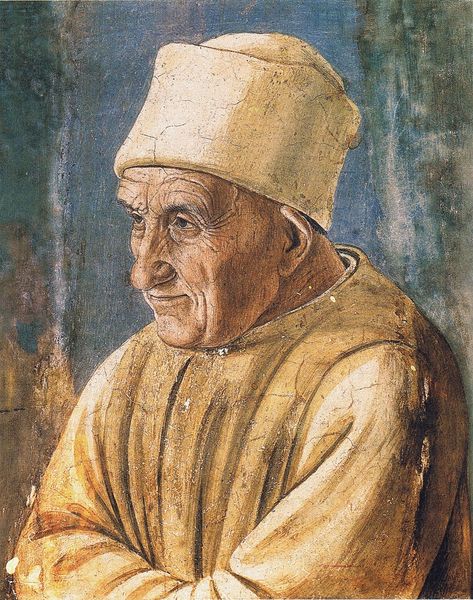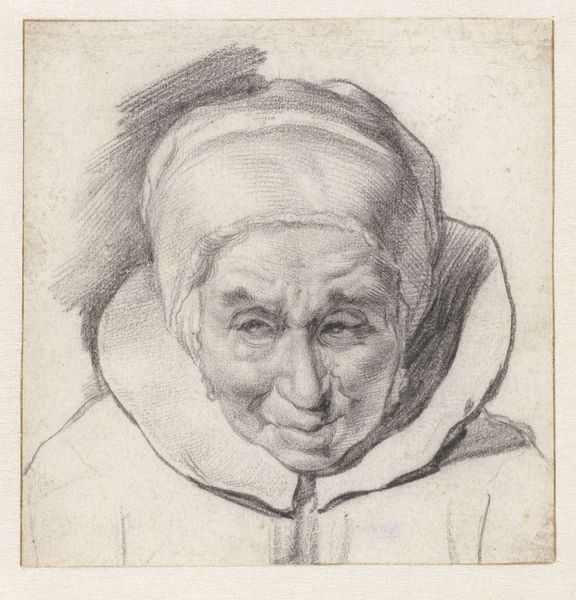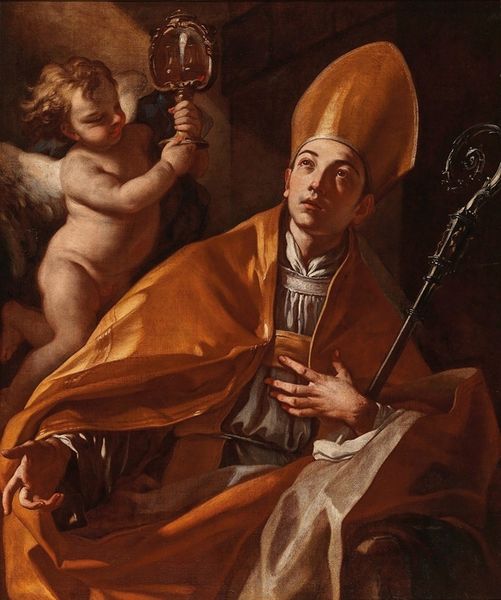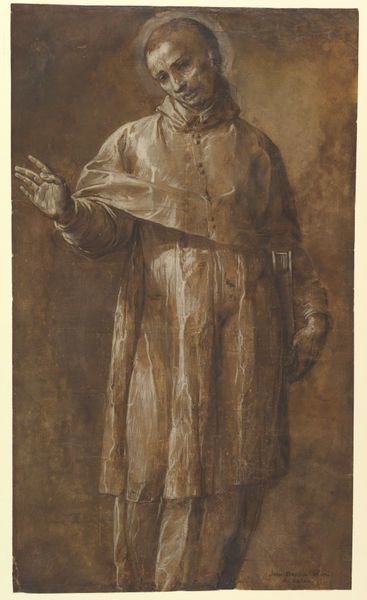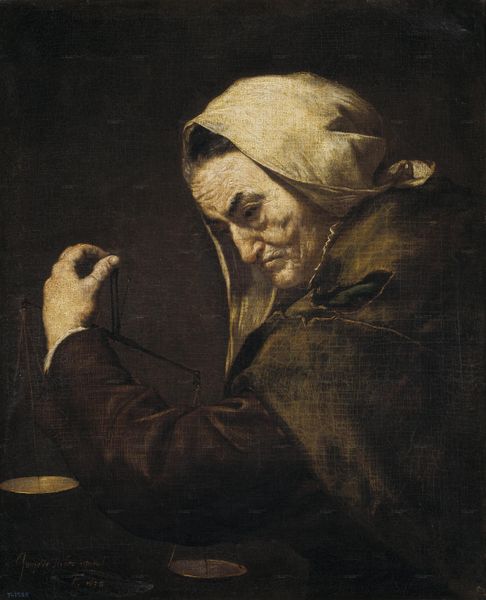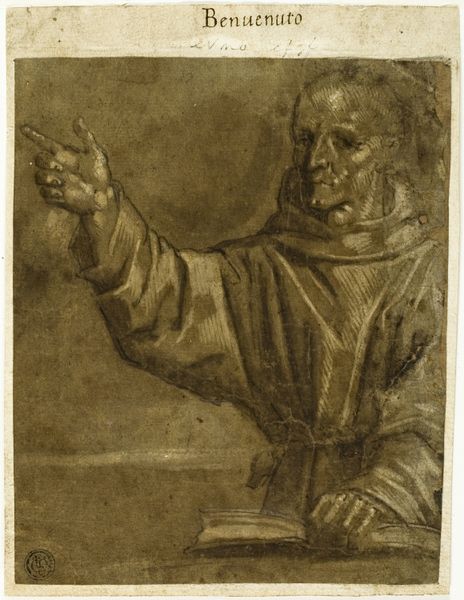
painting, oil-paint
#
portrait
#
figurative
#
painting
#
oil-paint
#
oil painting
#
academic-art
#
portrait art
#
realism
Copyright: Public Domain: Artvee
Henri Leopold Lévy painted "Un évêque," or "A Bishop," during a time when the representation of religious figures was loaded with sociopolitical meaning. Lévy, who lived through the tumultuous period of the French Third Republic, captures the essence of a man entrenched in the structures of power, yet rendered with an unsettling vulnerability. The bishop’s profile, sharp and unforgiving, speaks of authority, but the muted palette and visible brushstrokes introduce a human element, suggesting the weight of his office. Lévy doesn't merely depict a cleric; he presents a figure that invites reflection on the Church's role, its complex history, and its relationship with the people it serves. The bishop's gaze, averted and contemplative, raises questions about faith, duty, and the individual within the institution. Lévy’s "A Bishop" is an exploration of identity and position, prompting us to consider the personal stories behind the symbols of power.
Comments
No comments
Be the first to comment and join the conversation on the ultimate creative platform.
